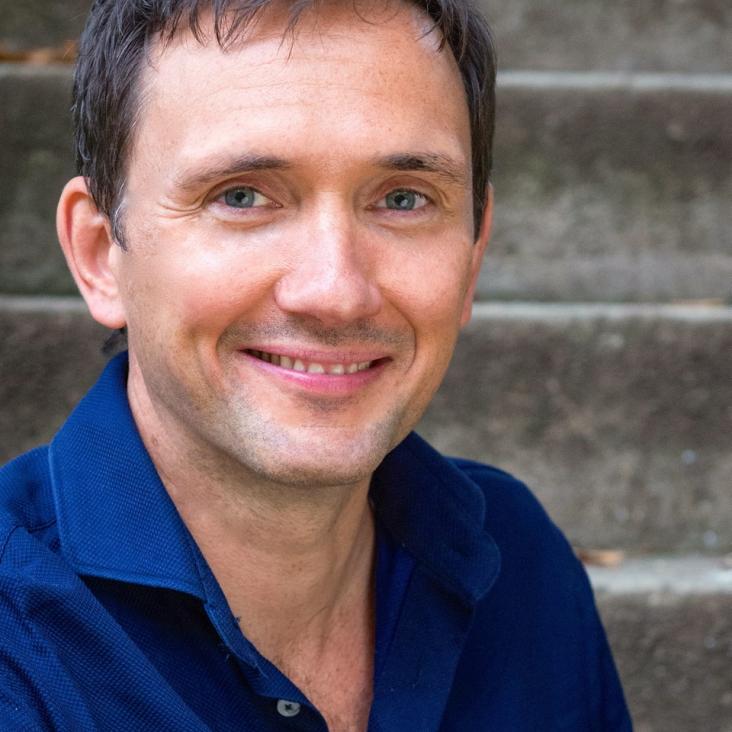Sequence-dependent thermodynamics of a coarse-grained DNA model
(2012)
DNA cruciform arms nucleate through a correlated but non-synchronous cooperative mechanism
ArXiv 1206.2636 (2012)
Abstract:
Inverted repeat (IR) sequences in DNA can form non-canonical cruciform structures to relieve torsional stress. We use Monte Carlo simulations of a recently developed coarse-grained model of DNA to demonstrate that the nucleation of a cruciform can proceed through a cooperative mechanism. Firstly, a twist-induced denaturation bubble must diffuse so that its midpoint is near the centre of symmetry of the IR sequence. Secondly, bubble fluctuations must be large enough to allow one of the arms to form a small number of hairpin bonds. Once the first arm is partially formed, the second arm can rapidly grow to a similar size. Because bubbles can twist back on themselves, they need considerably fewer bases to resolve torsional stress than the final cruciform state does. The initially stabilised cruciform therefore continues to grow, which typically proceeds synchronously, reminiscent of the S-type mechanism of cruciform formation. By using umbrella sampling techniques we calculate, for different temperatures and superhelical densities, the free energy as a function of the number of bonds in each cruciform along the correlated but non-synchronous nucleation pathways we observed in direct simulations.DNA cruciform arms nucleate through a correlated but non-synchronous cooperative mechanism
(2012)
Epistasis can lead to fragmented neutral spaces and contingency in evolution.
Proc Biol Sci 279:1734 (2012) 1777-1783
Abstract:
In evolution, the effects of a single deleterious mutation can sometimes be compensated for by a second mutation which recovers the original phenotype. Such epistatic interactions have implications for the structure of genome space--namely, that networks of genomes encoding the same phenotype may not be connected by single mutational moves. We use the folding of RNA sequences into secondary structures as a model genotype-phenotype map and explore the neutral spaces corresponding to networks of genotypes with the same phenotype. In most of these networks, we find that it is not possible to connect all genotypes to one another by single point mutations. Instead, a network for a phenotypic structure with n bonds typically fragments into at least 2(n) neutral components, often of similar size. While components of the same network generate the same phenotype, they show important variations in their properties, most strikingly in their evolvability and mutational robustness. This heterogeneity implies contingency in the evolutionary process.The effect of topology on the structure and free energy landscape of DNA kissing complexes
ArXiv 1203.3577 (2012)


